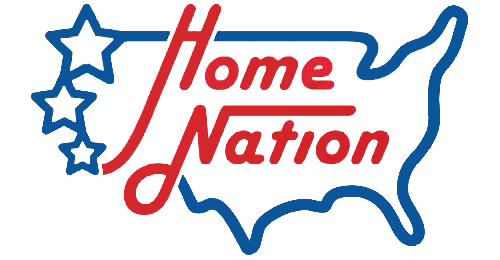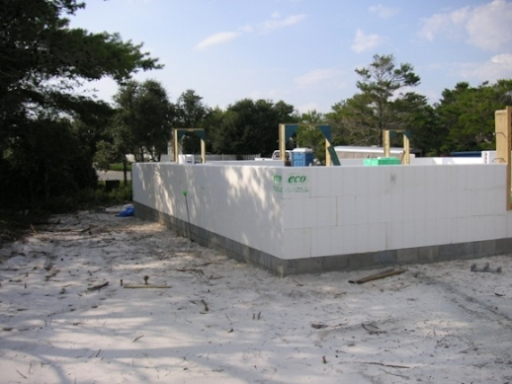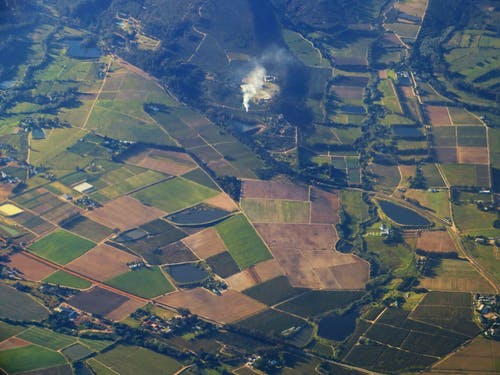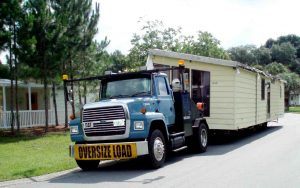by Home Nation • Published Dec 18th, 2023

Imagine you're exploring owning a manufactured home that offers flexibility, affordability, and modern living. But before making this significant decision, it's essential to understand an often-overlooked factor that can significantly impact your home: wind zones. These zones play a crucial role in the design and safety of manufactured homes. Knowing them could help your home's durability and insurance costs.
Wind zones refer to categorizing areas based on the wind velocity they are likely to experience, particularly during severe weather events like hurricanes. This classification is not just technical but a crucial aspect of constructing and installing manufactured homes. Suppose you're living in a high-wind zone. In that case, your home must be built to withstand stronger winds, impacting its construction standards and safety features.
As you delve deeper into manufactured homes, understanding wind zones becomes imperative. It's about ensuring your home is a safe, lasting investment capable of standing up to the weather challenges it might face. Keep reading to learn more about how wind zones are determined, their importance in the construction and maintenance of manufactured homes, and how to make an informed decision in choosing the right home for you.
Related: Hurricane Proof Site-Built Homes: A Complete Guide
Understanding Wind Zones: An Overview
Wind zones were established as part of the HUD Manufactured Home Construction and Safety Standards in 1976. These zones classify areas based on the wind pressure they typically experience, influencing the construction standards of manufactured homes in those areas. The HUD Code plays a pivotal role in setting these standards, ensuring that homes are built to withstand specific wind forces. Over the years, these requirements have been updated to enhance the safety and durability of manufactured homes against wind damage.
Ready to deepen your understanding of wind zones and manufactured homes? Explore our detailed guide for all the insights you need.
Classification of Wind Zones
There are three main wind zones:
-
Zone I: Covers most of the U.S. interior, where hurricanes are less common.
-
Zone II: Designated for hurricane-prone areas, it endures wind speeds of up to 100 mph.
-
Zone III: This coastal Zone is prepared for winds up to 110 mph due to frequent hurricane-force winds.
Each Zone has its specific construction requirements, and the geographical distribution of these zones significantly influences where and how manufactured homes are built.
Impact of Wind Zones on Manufactured Home Construction

The wind zone of a location dictates the construction standards of manufactured homes. For instance, homes built for Zone I cannot be placed in areas with higher wind zones. However, houses designed for Zones II or III can be in lower wind zones. This highlights the importance of wind zones in ensuring the safety and durability of these homes. However, upgrading a home to a higher wind zone post-construction is challenging, emphasizing the need for careful consideration during the initial building phase.
Determining the Wind Zone for Your Home
To identify the wind zone of a manufactured home, one can refer to the HUD data plate, often found in a kitchen cabinet, bedroom closet, or electrical box. The HUD Certification Label, attached to the home's exterior, also provides this information. Knowing the wind zone is crucial before purchasing a manufactured home, especially if future relocation is possible.
Wind Zone Considerations for Home Buyers
Prospective buyers should research wind zones thoroughly, as they affect not only the construction of the home but also insurance costs and local regulations. The risk of wind damage varies across different zones, making it essential to consider these factors when selecting a home.
Related: How Much Do Hurricane-Proof Prefab Homes Cost?
Installation and Anchoring in Different Wind Zones
Proper installation and anchoring are paramount for the safety of manufactured homes, especially in high-wind zones. Different wind zones necessitate varied anchoring techniques. While Zone I might require standard anchoring, Zones II and III, prone to higher winds, demand more robust methods. Adherence to local building codes and standards is crucial in ensuring the stability of these homes. Professional assistance is often needed to guarantee installation meets specific wind zone requirements and safety regulations.
Maintenance and Upkeep in Various Wind Zones
Regular maintenance is critical to ensuring the longevity and safety of manufactured homes in different wind zones. This includes periodic checks and reinforcement of anchoring systems, particularly in areas with high wind risks. Homeowners should be prepared for extreme weather conditions, which might involve upgrading specific components of their homes to enhance wind resistance. Regular inspections are critical for identifying and addressing wind-related damages promptly.
Related: How Long Does It Take To Build A Manufactured Home?
Challenges and Solutions in High Wind Zones
Living in high wind zones presents unique challenges for homeowners. These include a higher risk of wind damage and the need for more robust construction and anchoring methods. Innovative solutions, such as advanced materials and design techniques, have been developed to improve the wind resistance of manufactured homes. Community resources and support are vital in helping homeowners navigate these challenges. There are inspiring case studies of homes in high wind zones successfully withstanding severe weather, demonstrating the effectiveness of these solutions.
Future Trends in Manufactured Homes and Wind Zones
The field of manufactured home construction is evolving, particularly in response to changing wind zone classifications and the growing impact of climate change. Emerging technologies are being integrated into the structure of manufactured homes, enhancing their ability to withstand wind forces. Anticipated safety and construction standards advancements will further improve these homes' resilience. A global perspective on wind zones and manufactured homes underscores the universal challenge of adapting to increasingly unpredictable weather patterns.
Ensure your future home is safe and wind zone compliant. Explore our extensive resources on manufactured homes and wind zones here.
Staying Informed and Prepared

Understanding wind zones is critical for the safety and durability of manufactured homes. Choosing the right home for your specific wind zone can significantly impact its longevity and safety. It's essential to stay informed about local wind zone changes and the evolving standards in manufactured home construction. Regular maintenance and proper installation are crucial to ensuring the safety of these homes. For more information and to explore your options, consider visiting Home Nation for guidance and support in finding the right manufactured home for your needs.










